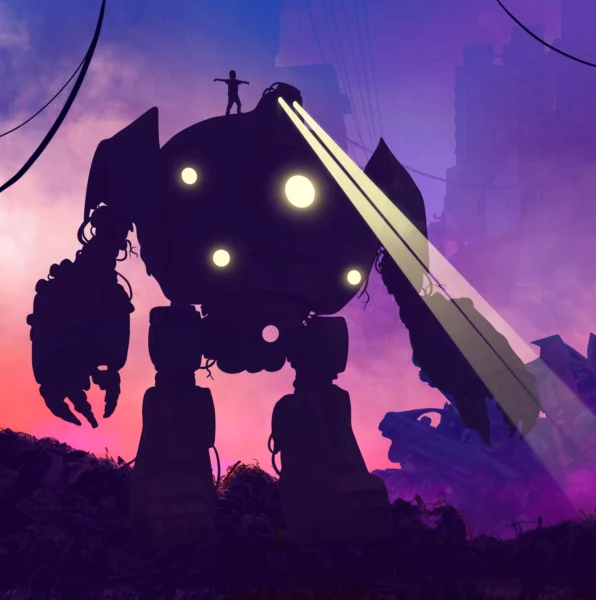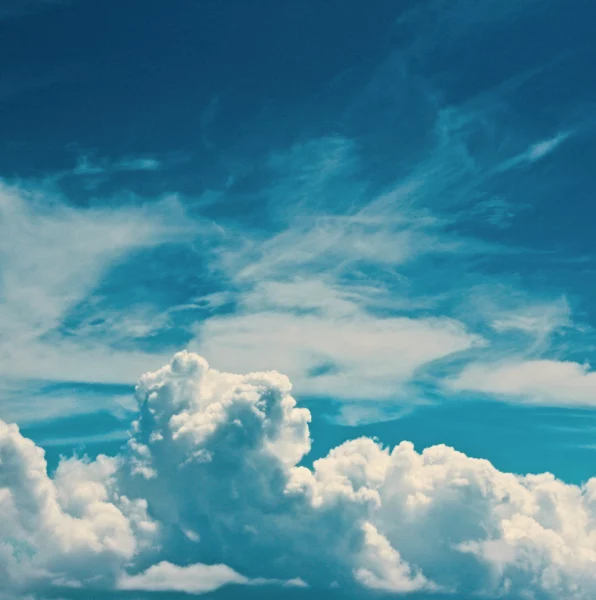As the first CERN scientist on TikTok, Clara Nellist breaks down particle physics research into „little bits of knowledge“. In this interview, she shares how she makes science accessible without compromising accuracy, and how she deals with conspiracy theories about CERN.
“It’s not about watering down science, it’s about making it accessible”

Ms Nellist, on TikTok you explain particle physics concepts to your audience. How did you start this project?
I have my mom to thank. She downloaded TikTok while we were in lockdown together during the Covid-19 pandemic. Until then, I thought TikTok was all about funny dance videos. But I discovered some great science channels. Especially Kirsten Banks’ (@astrokirsten) channel, about astrophysics, gave me the idea that I could also talk about particle physics on TikTok.
In my first, very blurry video, I just introduced myself with: „Hey, I work at CERN. If you have any questions, let me know!“ I didn’t fully realize that nobody else from CERN was on this platform. Suddenly, I had 55,000 followers in three days.
What motivates you to communicate about particle physics?
I didn’t have a physics teacher in high school. So I know what it feels like not to have access to someone you can ask physics questions to directly. I want to change that with my content. My favorite comments are from people who send me messages like: „I didn’t like physics at school, but now that I’m watching these videos, I’m starting to get it.“ That makes it super rewarding.
Also, live streams are my favorite because you can talk directly to people and the conversation can go almost anywhere. Interacting with my audience allows me to look at my day-to-day work from a different perspective. When I explain to them how we’re searching for the biggest questions about how our universe works, it reminds me that there’s a greater purpose to what we do.
What are the benefits of Tik Tok as a platform?
One positive aspect is that it’s a place where people can enjoy themselves. For science communication, I think we should go to people where they feel most comfortable. Otherwise, we’re only going to get people who have already been exposed to science.
TikTok offers „lower barrier“ content where people can just scroll through. They stumble upon the video and there’s no pressure to have a lot of knowledge. I also think TikTok has a younger audience and reaches all genders, so it’s a good way to share information with all kinds of people.
There are many conspiracy theories about CERN, for example, that its scientists are performing satanic rituals or opening portals. When people ask you about these things, what’s worth answering and what’s not?
I try to address these kinds of questions, but I can’t reply to everyone. Usually, I go through them as they come in, and if someone’s rude, I move on. Some people are genuinely curious. I don’t want to assume everybody asking these questions has bad intentions. Also, there’s this myth about CERN being a secret lab, whereas it is actually very open. Everything we do is either published online or will eventually be online. I want people to have the tools to be able to look for themselves and not push them away.
Beyond conspiracy theories, what are the most common questions or topics your audience is curious about?
People are very interested in the question: „What are we doing now?“ They’ve heard about the Higgs boson, which was one of the main purposes of the particle accelerator at CERN. So it’s a common misconception that the job is done. But science is not „done“ after a big discovery, we just have different goals now.
How do you approach simplifying the science without making it factually incorrect?
It’s a big challenge to structure the information and keep it interesting. You have to get people’s attention and make them want to watch the video without losing any of the science. It’s not about watering down science, it’s about making it accessible and short so that people can grab these little bits of knowledge.
One thing that helps is to try different ways of explaining things and see what works and what doesn’t. If a lot of people give me positive feedback, then I keep doing it. And if people say: „I have no idea what you’re talking about.“ Then I’ve learned that’s not a good way to do it.
The nice thing about TikTok’s trending sounds is that they are shared jokes on the platform. People start learning what the music or sound means, so they’re already comfortable and confident with that part. If I introduce some science on top of that, they’re already halfway there.
I also want to show that I’m on the platform, too, and that I’m enjoying the same jokes as my audience. It’s not that I’m different from them or that I know everything.
Which video are you most proud of?
I made a TikTok about how different particles interact with the Higgs field, using a snow metaphor, which already existed. But I took it and made it into a video to make it visually clear. I was proud of that video because it took a lot of work. Especially because I filmed both halves of it separately, the second half in winter and then waited until the 10th anniversary of the Higgs discovery to film the other half and “transport” between the two locations.
Mit dem Laden des Beitrags akzeptieren Sie die Datenschutzerklärung von TikTok.
Mehr erfahren
How do you manage to do science and social media on top? It’s probably a lot of work.
It is indeed a challenge to balance the two. I travel quite a lot and fit it in when I might otherwise be scrolling through my phone. While I still enjoy it, I’m happy to make the effort as long as it’s still useful to the people watching the videos. But I haven’t quite got the hang of balancing it all.
What are your future science communication plans?
I’m branching out a bit more, for example on Instagram and YouTube. You can expect longer explanatory videos, so it’s not just getting across these short chunks of information. There will also be interviews with some of my colleagues. By including them in my videos, I want to show that it’s not just a few people doing this work, but an international collaboration. My experiment, for example, is being done by over 5,000 people.
For those looking to start their own TikTok channel in science communication, what advice would you give based on your experience?
My biggest advice is that it’s okay to fail – I did stuff that didn’t work. F0r example, I have videos on my account that I don’t like anymore because they are too slow and not as interesting as I thought they would be. But that’s okay, especially with TikTok, which is about creativity, playing around, and trying different trends. Have fun with it. Be welcoming some things won’t work out. Ignore the trolls. As long as you enjoy communicating the science you are interested in and your passion comes through in the videos, it will be successful.






